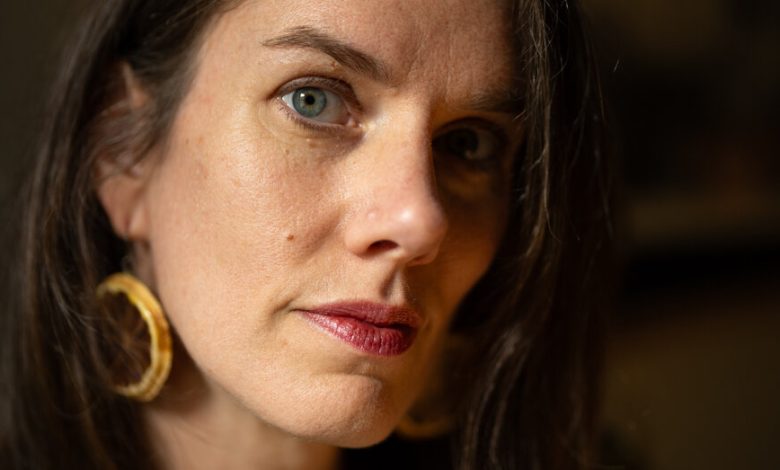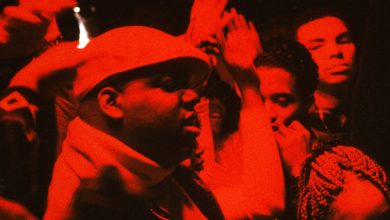The High Priestess of the Personal

“If the self is a guesthouse, most of the rooms are full of ghosts,” Leslie Jamison said on a recent Monday afternoon in a Columbia University lecture hall. Ms. Jamison, wearing an ethereal blue maxi dress, stood before a projector screen showing 19th-century spirit photography. “Being haunted can be a state of abundance,” she said. “Living in the ghost hotel is a state of abundance. Memories are raw material.”
One does not check into a ghost hotel without taking inventory of its specters: “Who are you haunted by?” Ms. Jamison told her students to ask themselves. “What versions of yourself are you haunted by? What moments are you haunted by?”
Ms. Jamison’s graduate course is called “The Self” and addresses the challenges of writing in the first person. Each class tackles a different self that can come through in a work: There is the “loving self” in relationships; the “shameful self,” who reckons with pain; the “self at risk,” who is in peril; and, during class that Monday, the “haunted self,” who lives in the aftermath of disaster and must confront the past.
Ms. Jamison said she became acquainted with each of these while writing her new memoir, “Splinters,” which recounts the birth of her child and the end of her marriage. Her writing often includes intensely personal details — in “The Empathy Exams” she wrote about her excessive drinking and an abortion, and in “The Recovering” she shared an unvarnished account of her path to sobriety. But this is her first book drawn entirely from her own life, without the essayistic pivots between criticism and reportage that made her name in literary circles alongside writers like Maggie Nelson, Roxane Gay and Eula Biss.
“Part of what spoke to me in the form of ‘Splinters’ was this idea of accessing something different by staying so close to the body and lived experience,” Ms. Jamison, 40, said.
But her character on the page, she added, is a “partial, built thing.”
“Who I am in ‘Splinters,’ yes, is me — I lived all of those things,” she said. “But at the same time, I’m choosing what that narrator does and says and is on the page, and building her piece by piece.”




